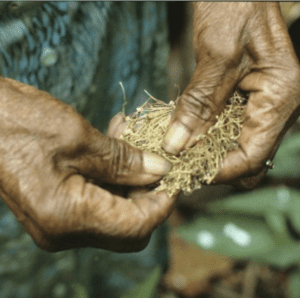
Photos by Mary Anne McDonald.
“In honoring the women who came before us, let’s remember Emma Dupree (1897 – 1996), an influential herbalist in Eastern North Carolina. The daughter of freed slaves, she grew up on the Tar River and was known locally as a “granny woman.”
According to folklorist Karen Baldwin of East Carolina University, Emma Dupree was born to “a tradition of knowing about the curative and preventative uses of the natural pharmacopeia which grew along the banks of the creeks and branches and the Tar River.”
Emma Dupree developed an in-depth knowledge of native herbs and plants’ healing effects, which gained her a wide following in the community. She was known for her work with native herbs, including sassafras, white mint, double tansy, rabbit tobacco, maypop, mullein, catnip, horseradish, and silkweed.
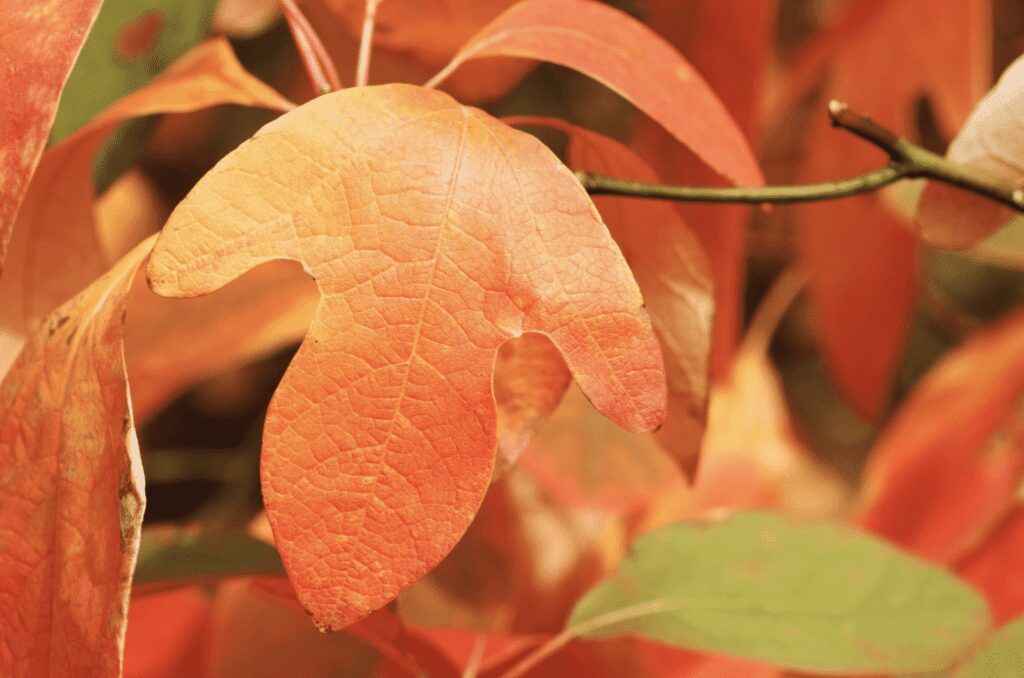
Sassafras
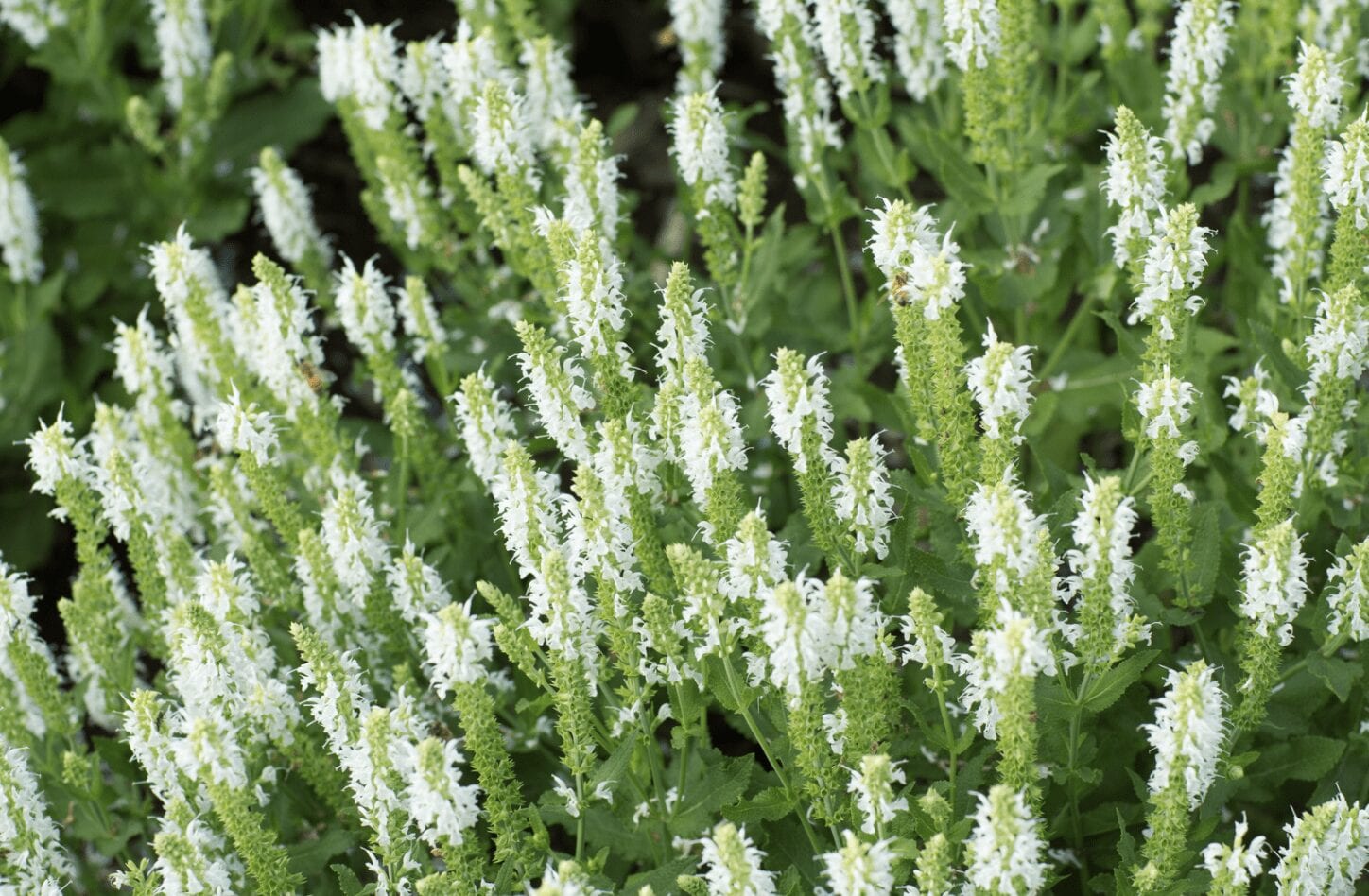
White Mint
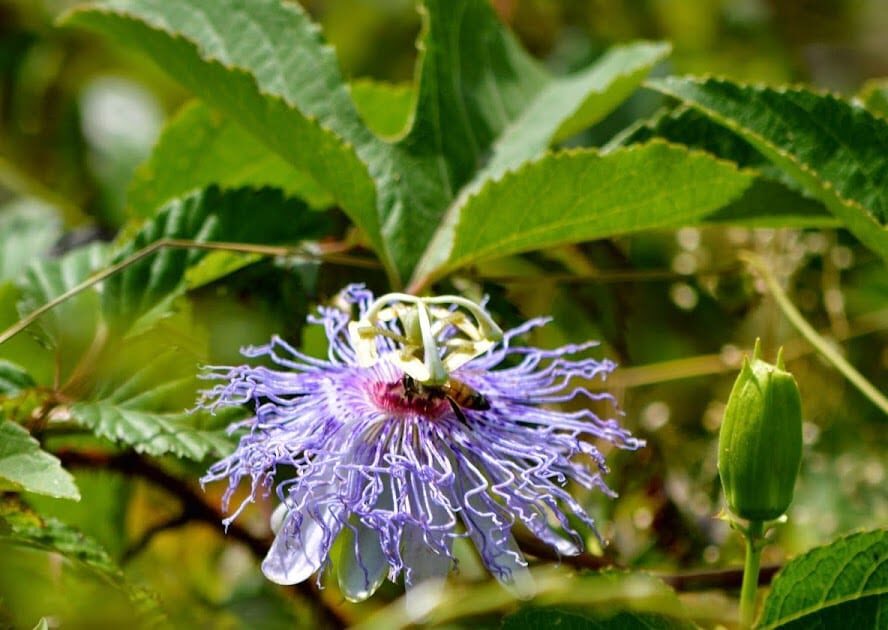
Maypop
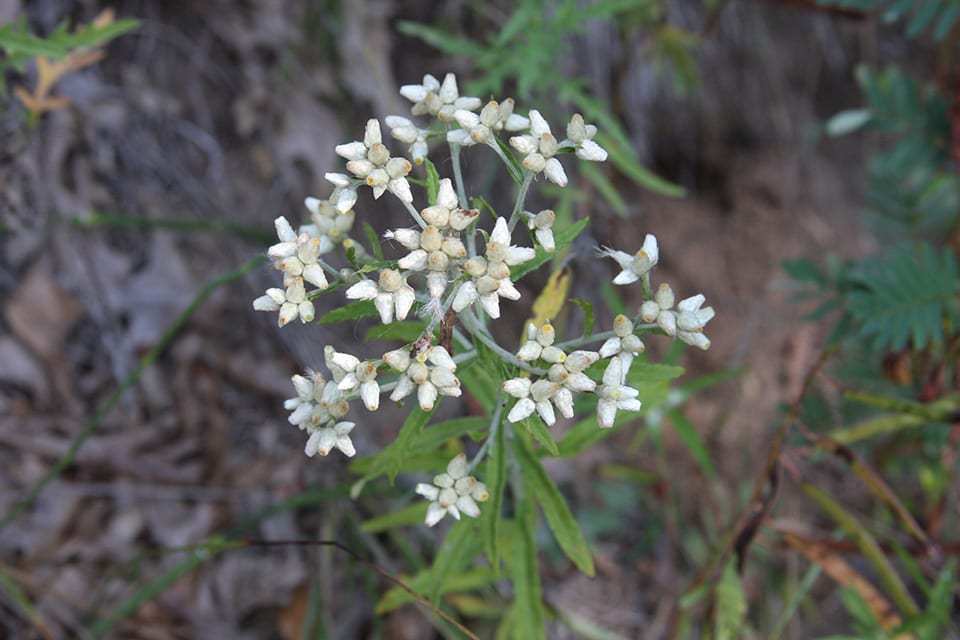
Rabbit Tobacco
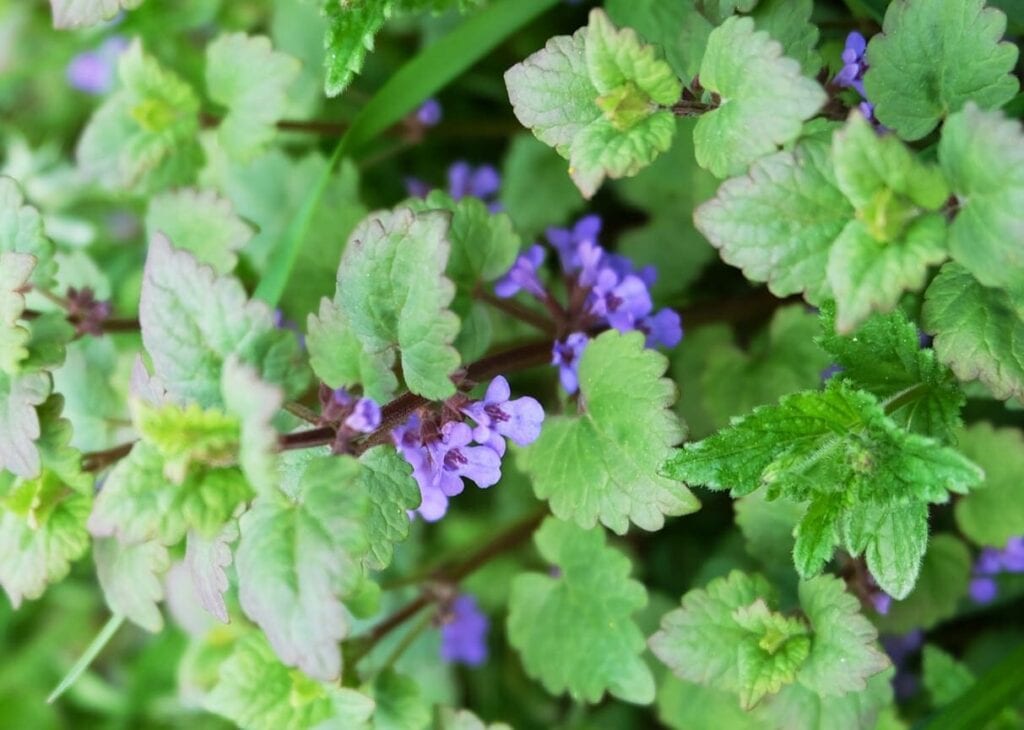
Catnip
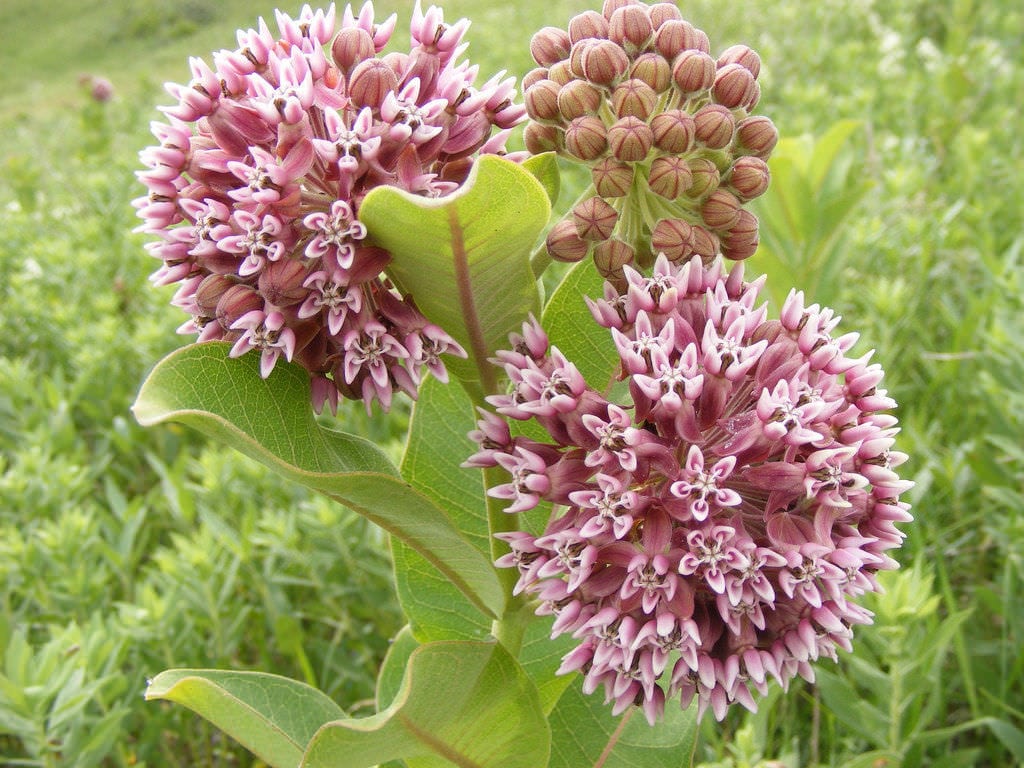
Silkweed
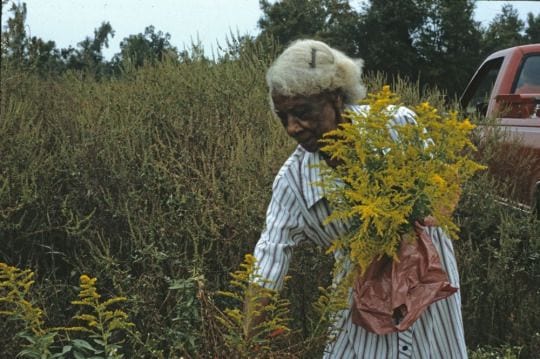
Emma Dupree – Photo was taken by Mary Anne McDonald
Shortly after her death, an article published read, “From the time she could walk, Emma felt drawn to the land. She would roam the woods, plucking, sniffing, tasting weeds. She grew up that way, collecting the leaves, stems, roots, and bark of sweet gum, white mint, mullein, sassafras in her coattail, or a tin bucket.
“She’d tote them back to the farm, rinse them in well water, and tie them in bunches to dry. In the backyard, she’d raise a fire under a kettle and boil her herbs to a bubbly froth, then pour it up in brown-necked stone jugs: A white-mint potion for poor circulation; catnip tea for babies with colic; tansy tea – hot or cold – for low blood sugar; mullein tea for a stomach ache. She would mix anyone of these with molasses or peppermint candy to knock out the bitterness.
“Her kind of folk medicine dates back centuries. In the 1600s, African slaves brought root-doctor remedies to America. Indians and immigrants had cure-alls, too. In some rural areas, scattered herbalists still practice.”
I am privileged to have studied herbology and plant medicine with so many wonderful teachers in my life who have made it a mission to carry on the wisdom of these amazing women. Knowledge is power, and the healing power of nature indeed amazing. I’m very proud to continue in their footsteps and pass this timeless wisdom on to you to keep this going for generations to come.
My Passion is Your Solution
![]()
 Ingredient of The Week: Mint
Ingredient of The Week: Mint
Mint is the name for over a dozen plant species, including peppermint and spearmint, that belong to the genus Mentha.
These plants are mainly known for the cooling sensation they impart. Mint is a popular ingredient use in foods and beverages, ranging from teas and alcoholic drinks to sauces, salads, and desserts.
While eating the plant itself offers some health benefits, research shows that several of mint’s health benefits come from applying it to the skin, inhaling its aroma, or taking it as a capsule.
Actions and Pharmacology:
- Helps to Repair the Skin
- Could Improve Brain Function
- Helps to Slow Down Aging
- May Improve Irritable Bowel Syndrome
- Helps to Manage Acne
- Improves Skin Complexion & Tone
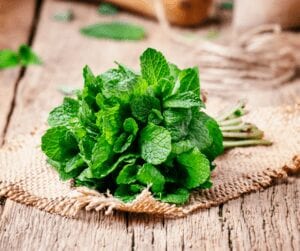 Ingredient of The Week: Mint
Ingredient of The Week: Mint